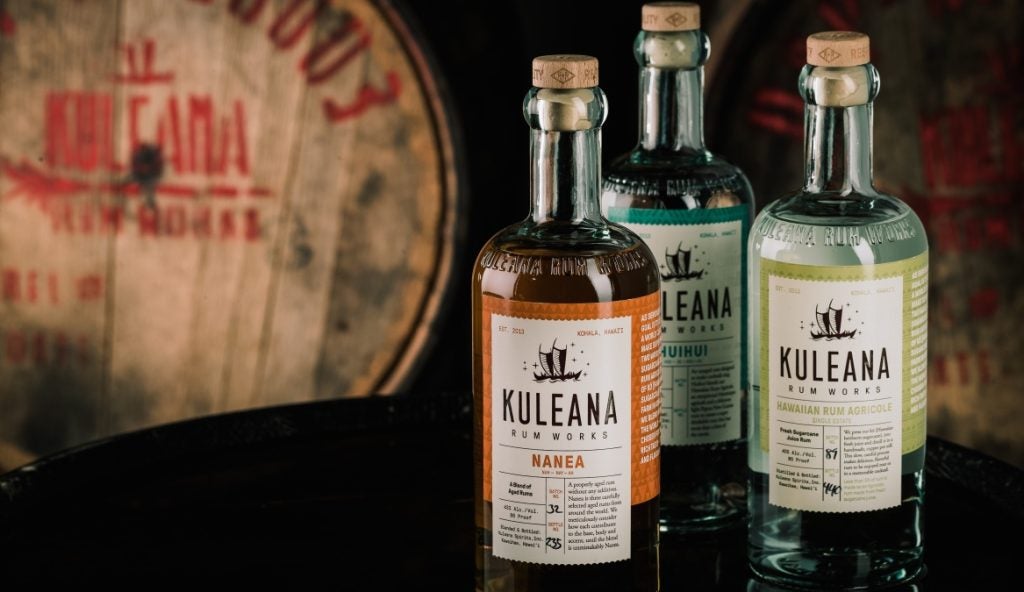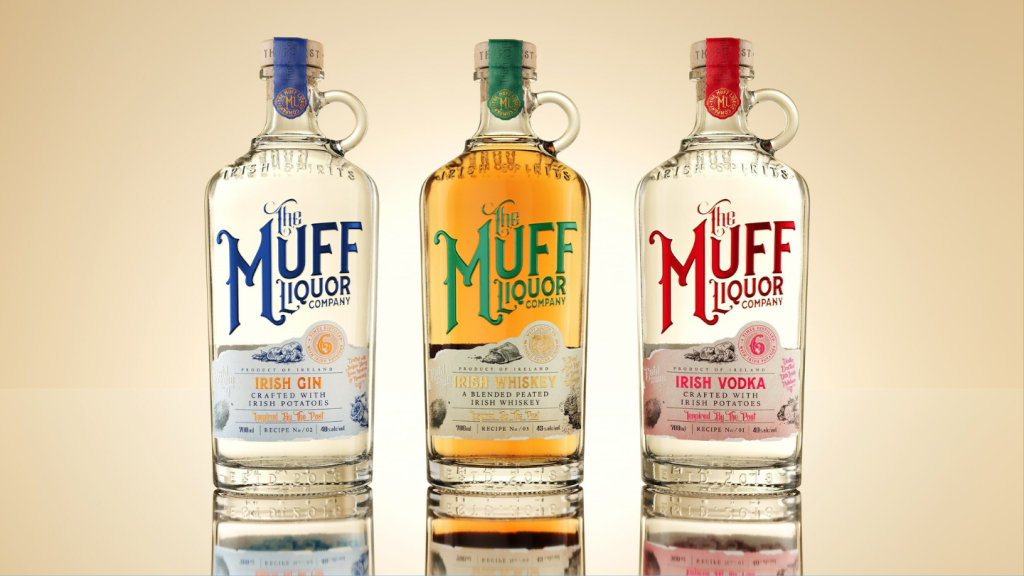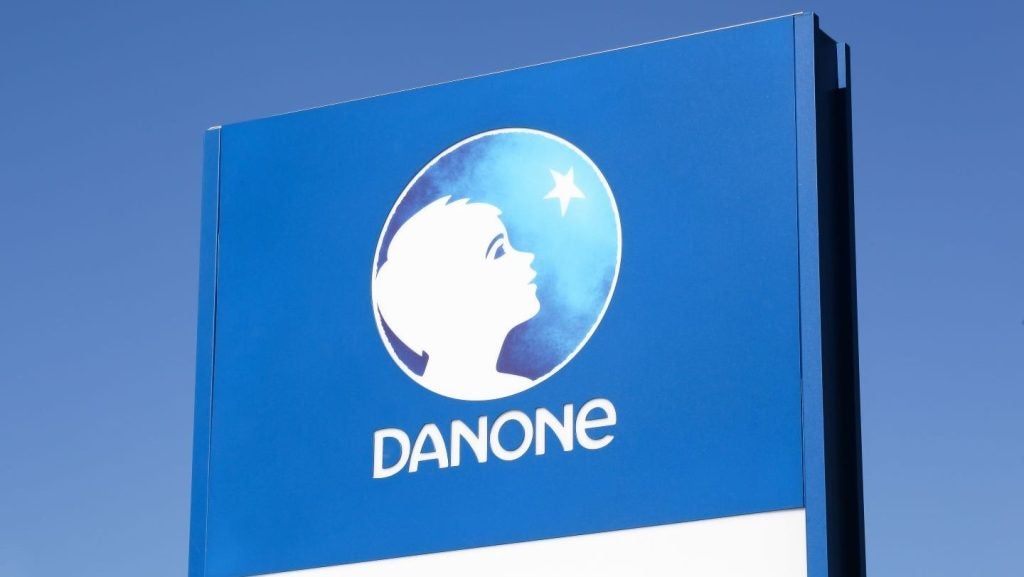 If US$400m in bonds mature for Foster’s this year, it could radically change the company’s acquisition strategy, which has consisted of bolt on purchases only in the last 12 months. David Robertson examines Foster’s dilemma as it seeks to drive its share price to the levels needed to make the equity exchange.
If US$400m in bonds mature for Foster’s this year, it could radically change the company’s acquisition strategy, which has consisted of bolt on purchases only in the last 12 months. David Robertson examines Foster’s dilemma as it seeks to drive its share price to the levels needed to make the equity exchange.
The ability of the Foster’s Group to make acquisitions this year will depend on the strength of the US dollar, and the company’s ability to spend its way to a higher share price.
Foster’s issued US$400m of bonds in August 2000, during the A$2.9bn acquisition of Beringer Wines Estates. These bonds become exchangeable for equity in October 2003, but only if the company’s share price hits US$2.85 a share (about A$5.10). These bonds are currently carried as debt on Foster’s balance sheet so if they are converted into equity it will free a very large sum of money for further acquisitions. Alternatively, if they are not converted Foster’s will probably be too highly geared to risk anything other than small-scale bolt-ons.
But Foster’s will be keeping a close eye on exchange rates as the A$5.10 mark could be slashed to just A$4.80 if the Australian dollar continues to gain strength against the US dollar. The Aussie currency is currently trading at about 59c to the US dollar and is on a roll; the lower price is understood to be triggered if the exchange rate reaches 62c, which is certainly possible in the current economic environment.
Foster’s share price was A$4.79 last August but has been in a slump since then, down to A$4.24 in February and now around the A$4.37 mark. It looks unlikely, given current market conditions, that Foster’s could get its share price up to A$5.10 by October but $4.80 is certainly more realistic. (Foster’s is caught in an interesting catch 22: if the Aussie dollar keeps rising it might be able to convert the bonds into equity, but it will also make exports more expensive and hit sales.)
How well do you really know your competitors?
Access the most comprehensive Company Profiles on the market, powered by GlobalData. Save hours of research. Gain competitive edge.

Thank you!
Your download email will arrive shortly
Not ready to buy yet? Download a free sample
We are confident about the unique quality of our Company Profiles. However, we want you to make the most beneficial decision for your business, so we offer a free sample that you can download by submitting the below form
By GlobalDataFoster’s cannot just sit tight and hope that its share price will rise. In the last three months the company has demonstrated that it will be pro-active in driving growth, hoping that this will be enough to find favour with the market again and push up the share price.
The group issued first-half results last week showing a 4.1% rise in net profit to A$335.3m and a 6% rise in revenues to A$2.68bn. At Beringer Blass, the wine division that had driven much of Foster’s growth in recent quarters, earnings were up just 3.9% to A$253.7m but the real star was Carlton & United Breweries, up 7.1% to A$260.8m.
For the last three years many people said the fizz had gone out of beer – drinks companies were fighting to get into the more lucrative wine market. But these results show that boring old beer can still be vital, they helped upgrade Foster’s results from “poor to robust” said one analyst.
This growth in beer has come at the expense of Lion Nathan, Australia’s other major beer producer. The two companies are locked in a continuous battle for market share but the only major shifts appear to occur when one or the other starts buying volume. Lion Nathan did it during 2001-02 wading into CUB’s stronghold state of Victoria and now it appears that Foster’s is fighting back.
Over Christmas Fosters was offering 30 bottles of VB for the price of 24 and had arranged other discounts with retailers.
Industry insiders believe that these tactics are what has given Foster’s such good looking beer figures in the first half. If the share price is to continue to rise more of this type of aggressive activity will be necessary, particularly as the wine market looks unlikely to deliver much more than about 5% growth in the next six to 18 months (according to Foster’s chief executive Ted Kunkel).
If Foster’s fails to convert the bonds it will quietly carry on doing what it has done since the Beringer deal, making small acquisitions. Already this year the company has bought a 40% stake in a Dubai liquor distributor for US$18m and bought the Australian production facilities of UK cider maker HP Bulmer. None of this will have a huge influence on the company’s bottom line but it is a strategy that will continue to develop the company internationally and domestically.
If the bonds are converted then Foster’s is in a position to start spending and the obvious target, should it still be available, will be Southcorp. Kunkel has hinted that he is not interested in Australia’s largest wine maker but if the price continues to fall it might become too good an opportunity to miss.
Before this happens Foster’s is going to have to address problems at its 131-strong pubs division, which are under pressure after an anti-smoking law was passed in Victoria. This has combined with a slowdown in the growth of poker gaming machines in pubs, which has helped boost the sector in recent years, to cut sales. Analysts are divided on how the problem should be solved but one obvious option would be to follow the example of Scottish & Newcastle and hand control to another company while maintaining distribution.
It is a dangerous tactic for a company to become too focussed on share price goals, especially in a volatile market. But Foster’s could be forgiven for doing so over the next six months given the looming presence of those US$400m bonds. In the meantime VB drinkers in Australia can look forward to further discounts and special offers as Foster’s tries to keep its numbers attractive.







